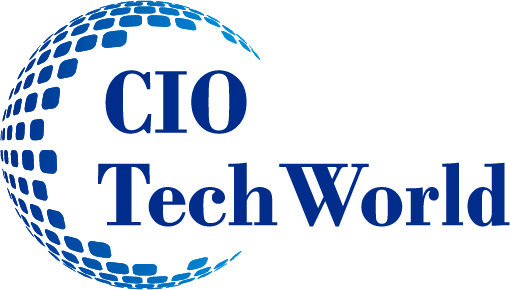Cables are the foundation of efficient server operations; they enable seamless communication and swift data exchanges across systems. However, disruptions may surface in numerous ways, including slow response times, corrupted data transmissions, or complete network failures.
Increased Latency and Slower Data Transmission
Increased latency across systems is one way that damaged or mismatched cables impact server performance. For example, a damaged Ethernet cable with exposed wiring can cause irregular signal transmission, forcing servers to resend packets repeatedly. Delays can bottleneck workflows in collaborative environments, such as shared cloud drives or virtual private networks (VPNs).
Slow transmission also disrupts video conferencing, VoIP calls, and low-latency communication tools by increasing jitter and packet loss. Signal degradation leads to dropped calls, poor video resolution, and inconsistent user experiences. This is especially common in remote work settings. The additional retransmission demands increase the load on network hardware that damaged wires cannot sustain.
The impact of slower data transmission becomes particularly severe for businesses relying on real-time services. A financial institution processing high-frequency trades over mismatched cabling may encounter delays that translate to substantial monetary losses.
Data Corruption and Packet Loss
When cables degrade or don’t meet the system’s shielding requirements, transmitted data arrives fragmented or incomplete. Fragmented data can lead to critical files, such as customer information or transaction logs, becoming corrupted. Breakages in fiber optic cables may result in partially transmitted packets, forcing servers to request resends that could overload the entire network.
Unchecked packet loss doesn’t just slow down workflows; it also risks damaging the integrity of crucial databases or halting application-dependent services. Regular data center cable audits are essential for identifying common culprits, including damaged connectors or improperly rated cables. Addressing concerns not only bolsters data integrity but also reveals the ways damaged or mismatched cables negatively impact server performance.
Overstrain and Damage to Server Hardware
Cables with damaged insulation or incorrect voltage ratings can compromise electrical stability, triggering hardware malfunctions. Improperly shielded cables may allow electromagnetic interference (EMI) to infiltrate power and data pathways.
Interference can disrupt sensitive components, such as processors or storage arrays. Over time, interference shortens equipment lifespans and inflates replacement costs by overheating modules or degrading printed circuit boards.
Consider cases where mismatched cables are installed into high-performance racks during peak loads—they may overheat and create power surges, damaging major components like power distribution units (PDUs). Routine cabling evaluations prevent such risks by ensuring that hardware operates within stable voltage limits. By prioritizing cable configurations, you can support server reliability without the looming threat of hardware breakdowns.
Connection Drops and Network Instability
Damaged cables may exhibit inconsistent electrical conductivity that results in intermittent connection drops and total network outages. Drops can throw off synchronized systems, such as file-sharing platforms or inventory tracking software. For example, a retailer experiencing intermittent signal disruptions might find real-time stock updates delayed, products oversold, or orders that failed to process.
Mismatched cables worsen challenges, especially in environments with heavy, simultaneous usage. If a network underpinned by Category 5 cables attempts to perform high-definition video conferences designed for Category 6 throughput, the bandwidth deficit results in decreased video quality, jitter, or call drops. Regular testing and appropriate cable selection minimize miscommunications and support smooth network performance during high-impact operational periods.
Explore more interesting articles:
How Crypto Is Impacting the Construction World
How CAD Technology Is Changing the Way Products Are Made

At CIO TechWorld, I architect global revenue strategy, cultivate enterprise alliances, and engage directly with CXO leaders shaping the future of technology.
Operating at the convergence of editorial intelligence, commercial strategy, and executive influence, I specialize in transforming complex business objectives into authoritative market presence.








